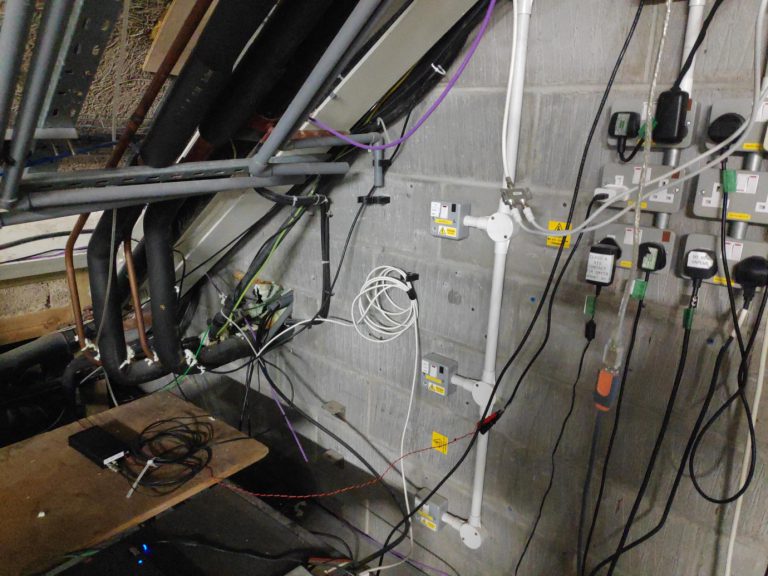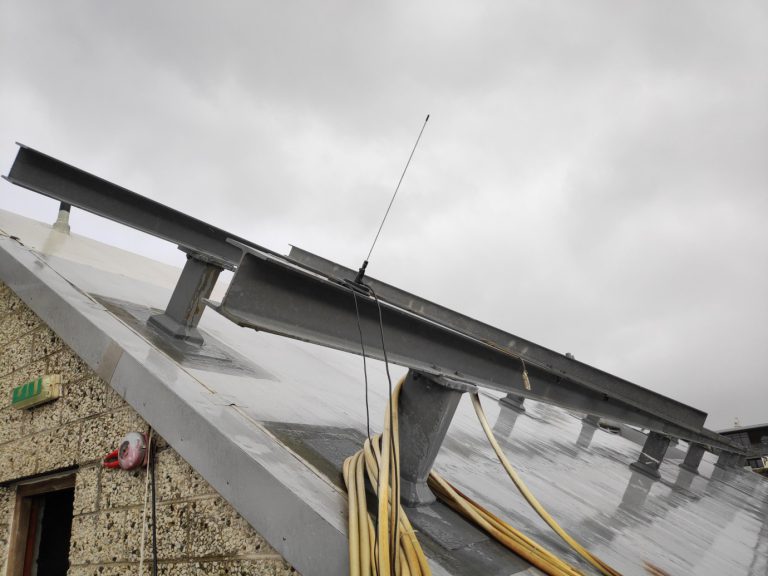CML Microcircuits has been participating in an international consortium of Marine companies which have just successfully completed trials for a new low cost marine IoT solution.
The companies, representing all aspects of the solution ecosystem, were able to demonstrate an end-to-end solution delivering a new, very low-cost data collection service that, with no expensive underlying third-party communication costs or equipment, supports effective real-time data collection from remote maritime assets anywhere in the world.
The program, funded under ESA’s ARTES-20 Integrated Applications Promotion (IAP) Programme, aimed to demonstrate an “AIS Sensor Network Service”.
Whilst there is a lot of activity in providing marine IoT solutions to help speed commerce, manage efficiency and help address environmental concerns, these are either based on existing satellite constellations that have high usage fees, or as yet unproven LEO systems, where many have still to build out global coverage.
The exactSeNS solution leverages existing technologies, harnessing the proven technology of satellite AIS reception, using standardised marine terminals that are already in use with minimal modifications.
CML provided two technology platforms for the trials, the CMX7032/7042 family of AIS processors that are already widely used in AIS transceivers worldwide and the more comprehensive VDES1000 VHF Data Exchange module, a future technology solution that will deliver higher data rates and multiple receivers in a single unit. Adapted firmware for both solutions has added the ability to support the exactSeNS network from exactEarth which supplies the data to the end user over a cloud-based data server.
Proof of the system paves the way for the rapid introduction of solutions enabling users to roll out equipment with minimal changes in a timely manner and at low cost.
The CML prototype, using the DE70322TC with modified CMX7032 and SCT7033 firmware, was installed in Plymouth (UK) in February 2020 for a short trial period, but due to Covid-19 restrictions, has not been recovered and so is still working.
Picture 1 shows the temporary mag-mount antenna installed on the roof of the building in Plymouth. Despite the antenna or its mounting position not being optimal, good performance was demonstrated. The performance in a properly-engineered installation should see a further improvement in performance.
Picture 2 shows the internal installation of the DE70322TC in the equipment building, running off a consumer-grade 5V wall-wart power supply.

This unit has been configured to transmit the special AIS style message using the proprietary exactSeNS formatting and additional error correction that allows the exactEarth satellites to reliably decode it even in the presence of a noisy RF environment and using the low power 2W transmitter. To avoid additional radio traffic affecting the operation of the AIS network, the exactSeNS transmissions make use of an alternate radio channel within the marine band. Tuning to the new channel and then back to the standard AIS channels is handled automatically by the SCT7033 and CMX7032, reducing the implementation time and costs for manufacturers and ensuring that the exactSeNS protocol and coding is delivered accurately as well as minimising the effect on the AIS reception and transmission.
The higher powered and multi-functional CML VDES1000 was also modified to support the exactSeNS system and was successfully tested both in the UK and South Africa, logging over 400 reports delivered over the cloud service provider every day.





